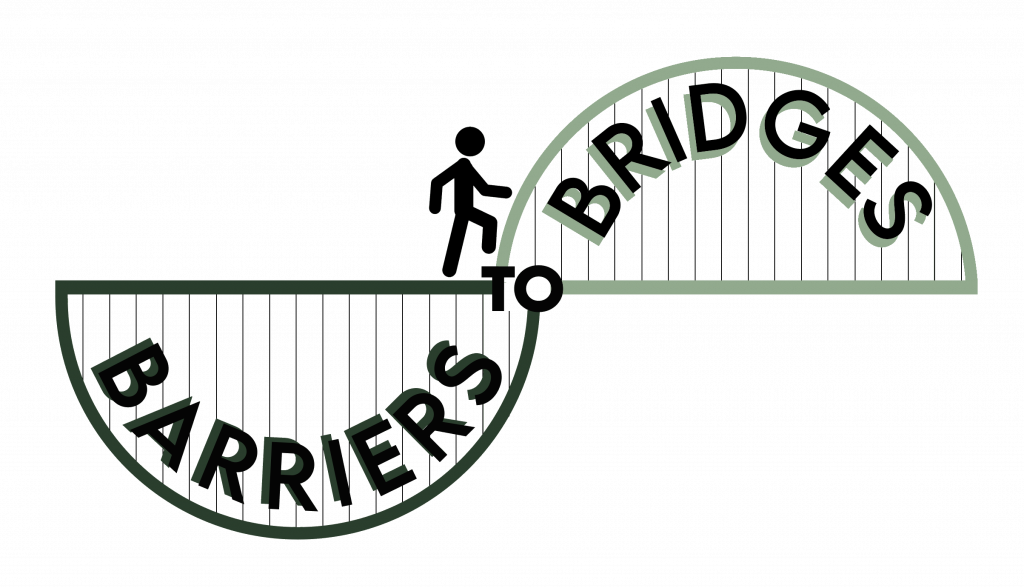by Caitlin Stimpson
Content warning: Mentions of sexual assault and potentially triggering topics of hallucinations.
In 2022, the way we as human beings process the inner workings of our brains and the way we show that to the outside world can prove to be nothing short of difficult. Luckily, we now live in a society which has a better understanding of the complexities of human neurology.
Psychosis is a trauma response the brain creates through auditory and/or visual hallucinations.
“I like to call it ‘The Andy Warhol Effect’ – not sure if it exists, but for me, it’s the idea that I can use art to cope with the chaos I can’t control.” – Rebecca Toms
It can manifest differently for everyone who lives with it. This is Rebecca’s story – out of respect for her, she prefers to keep her face anonymous, so for the purposes of visual storytelling, below is an image of an avatar with similar features to Rebecca’s.
Image description: Rebecca is a Caucasian female with a short purple mullet.

“I was misdiagnosed with bipolar disorder initially in 2004, when I was twelve. I went through quite a traumatic series of experiences when I was younger as I was sexually assaulted by a family member. When I was sixteen, I eventually got my psychosis diagnosis.”
It is thought that Psychosis typically occurs after experiencing an event that triggers PTSD – and it can be an added after-effect of trauma.
In the UK, Psychosis typically affects 0.7% of adults and children over sixteen, according to Public Health England.
“Ever since I was a kid, I’ve been great at drawing, but it wasn’t until I started to struggle with the hallucinations that I found that I really needed art.”
Rebecca’s art mainly focuses on landscapes and abstracts and is thinking of opening her own Etsy shop soon.

Speaking with Rebecca’s older sister, and main guardian Safi Toms. She details what it was like from an external point of view on raising her baby sister to knowing when Rebecca’s individual needs were apparent.
“I had to get Becky away from our childhood home, and luckily, I was fifteen when she was born, so by the time she was 8 I was old and stable enough to take her off my parents’ hands. She needed stability and her needs weren’t being met at home, I think she’ll agree.” Safi recalls.
Rebecca interrupts by saying “Yeah, I was young but from what I do remember it wasn’t the best erm, scenario to be living in.”
“It was completely, new territory raising a baby that wasn’t mine so young, but it became apparent from when Becky was around 9 to 11 years old, I realised she needed to be seen by someone. She’d never sleep and was always so paranoid, which in hindsight makes so much sense. But in the early noughties mental health was only something that was starting to be looked at.”
It seems to be an endless history that some of the world’s most famous artists suffered with neurological disorder. You’ve got Mozart who was rumoured to be Autistic, Vincent Van Gogh, the notorious ‘tortured artist’ who was believed to have suffered from psychosis.
“I like to call it ‘The Andy Warhol Effect” Rebecca recites, – “not sure if it exists, but for me, it’s the idea that I can use art to cope with the chaos I can’t control on the inside. At least my chaos (art) on paper is controlled by me, it feels empowering.”
Artist’s work is always subjective, but what Rebecca does in her spare time is from the heart. She explained to me how she began coping through art.
“I started off by keeping a notepad with me whenever I was at school or college. If I had a visual hallucination that day, I’d draw what I had seen and how it appeared to me, which really helped me not to feel scared anymore as I was able to refer to these images if they came up again. This was my way of kind of giving myself cognitive behavioural therapy. I trained my brain to recognise what’s real and what isn’t. It’s slightly harder to do when it comes to my auditory hallucinations, but I have great friends who reassure me if the strange sounds I’ve been hearing were real or not.”
Rebecca goes on to explain how she felt she gained back the power which was lost by the uncontrollable neurological condition she lives with.
“Eventually, I started making oil on canvas instead of in my sketchbook, and I’m using the characters and people I’ve conjured up in my brain as like… a squad of people I plan to use someday, as I’d like to write and illustrate comic books someday. This is another way that I feel I can take control of these sightings. I get to choose who the villain is.”
When asking if Rebecca felt comfortable describing her hallucinations, she said she could describe some old hallucinations, but not the active ones.
Rebecca describes them as “heavily breathing blue crayon-like scrawls that are in the form of long limbs.”
Perhaps, art is a form of language. Perhaps, it’s an expression of our inner workings and that’s why it is so subjective?
Rebecca’s artwork will soon be available to view and sell, so stay tuned for a potential update on that via our upcoming newsletters.
© 2022
